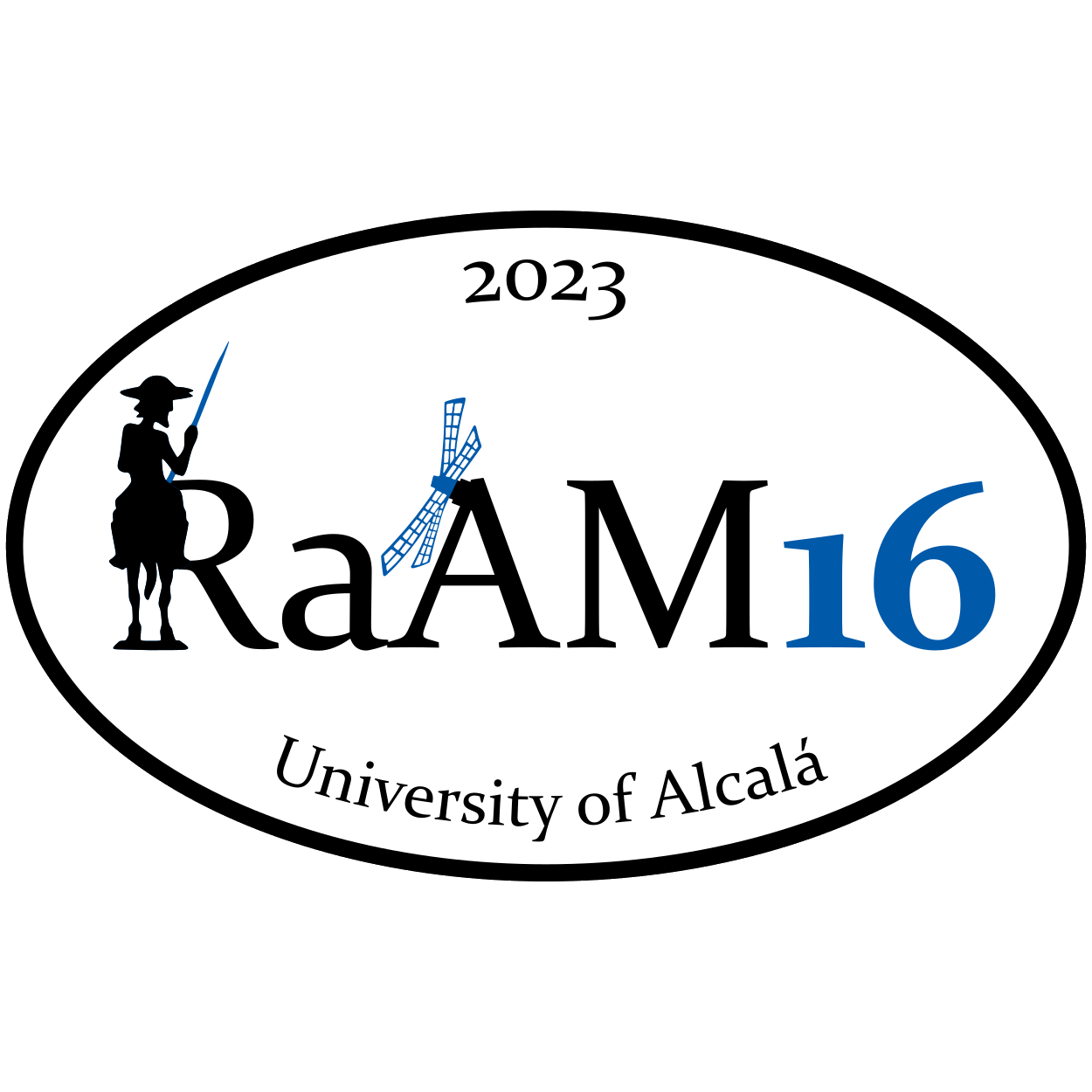Literally: Drawing the boundaries of figurativity in large samples of public discourse
Inés Olza
In this talk, I will explore the use, functions and scope of the adverb literally in large samples of public discourse, with instances such as the following:
(1) What the two of you did literally saved lives, right? I mean, just seeing what people went through to just even get to your church (interview title: “Hero pastors rescue dozens of people from deadly winter storm”, CNN, 31/12/2022).
(2) The Ukrainians are a role model for all of those things, especially living in a country that large parts of it, as David just mentioned, have literally been destroyed by Russia. (MSNBC, 30/12/2022)
(3) He has to do the right thing here and step down. I don’t think he will, because he’s a Trump acolyte, and the rule is, you stay on until you are literally kicked out. (CNN, 28/12/2022)
Data to be analyzed are provided by the NewsScape Library of TV News, a massive multimodal database managed by UCLA and computationally developed by the Distributed Red Hen Lab to provide large corpora for multimodal linguistic research (e.g. Pagán, Valenzuela, Alcaraz, Olza & Ramscar 2020; Hinnell 2018). Currently, NewsScape stores around 500,000 hours of television news from 2004 until the present day, as well as over 5 billion words of television subtitles, which are fully searchable and allow to look for a concrete linguistic expression and find/watch the exact moment where it was uttered in a particular broadcast.
Drawing on a dataset of around 1,000 situated multimodal instances of TV news broadcasts, literally will be systematically analyzed in its hedging functions, which range from actually cancelling the possible figurative interpretation of the target expression –e.g. pastors saving lives, in example (1), or intensifying the meaning of a verb which is clearly used in a literal manner –destroy, in example (2), to –paradoxically– reinforcing the use of expressions which keep their figurative meaning in context –to be kicked out, in example (3).
Relying on a constructional and metadiscursive framework (Olza & Losada 2011), and taking advantage of the large size of the examined dataset, I will first attempt to offer a unified account of the diverse values deployed by literally in context, then explore major hypotheses on what is perceived as figurative (or not) in daily language, and finally delve into the tight relationships between figurativity and intensification in (public) discourse.
References
Hinnell, J. (2018). The multimodal marking of aspect: The case of five periphrastic auxiliary constructions in North American English. Cognitive Linguistics 29(4): 773-806.
Olza, I. & M. C. Losada (2011). Apoyos co(n)textuales en el empleo discursivo de las unidades fraseológicas. Revista Signos 44(76): 132-144.
Pagán, C., J. Valenzuela, D. Alcaraz, I. Olza & M. Ramscar (2020). Quantifying the speech-gesture relation with massive multimodal datasets: Informativity in time expressions. PLOS ONE, https://doi.org/10.1371/journal.pone.0233892.
